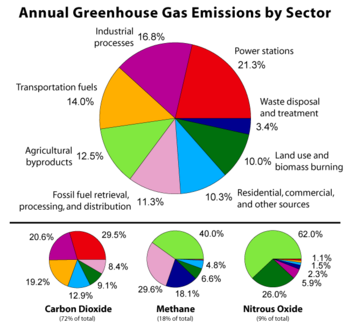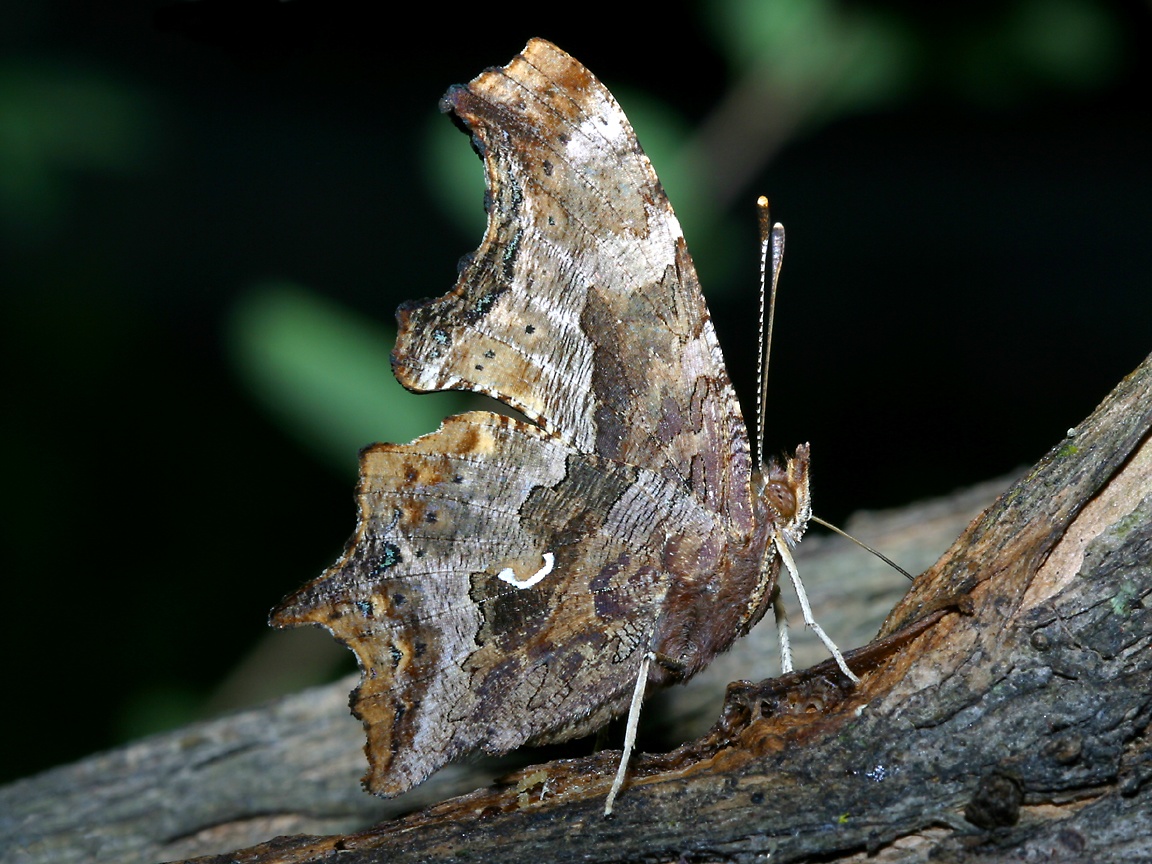

The Last Chapters
Kolbert is definitely passionate in her quest to find the answers and tell the true tale of global warming. In the chapter about Burlington, Vermont, we see an idealistic vision of what the world could hopefully become. The Mayor and the City took things into their own hands, regardless of what little the government would do to help. Here we begin to acknowledge that life does go on, there could be a brighter tomorrow. With the help of local businesses and community members, Burlington has shown it’s true color, and it looks green to me.
I liked this chapter, mainly because it showed a place close-to-home, that has made steps toward a greener future. I think that Plattsburgh, just as easily, could provide some kind of greener-tomorrow standards or suggestions. If the City of Plattsburgh showed that it cared, maybe it’s inhabitants would sense that it’s finally a time for change. Another thing that I like about this chapter, is that Kolbert also explains what going on in the opposite spectrum, China. In this, she tells that even if Burlington continues it’s efforts, it will all be for nothing, because Industrial China is on the rise. In this, I suppose, she intends to provide us with the notion that the entire world must make major changes to counteract this impending doom. In a way she makes a wedge of her own when explaining Burlington’s progress, which is interesting, I think.
In the last chapter, she makes it clear that something needs to be done now. Not tomorrow, not next week, right now some kind of massive wave of change needs to be blasted throughout our world. We all need to make a change. I like this portion, because it firmly stands by every statement she has made throughout the book. It is us that is the problem. We lack the will to change. It’s funny, I think I remember that line from the recent flick The Day the Earth Stood Still. It is the essential idea that we all must prove we can beat this, that intrigues me the most, as a reader. She continues to explain the surely catastrophic repercussions, and she continues to explain the stupidity of the Bush Administration.
The fact remains that the earth will survive, it will sustain what life survives the next century, and whatever happens, it probably won’t really effect us. This, she explains in so many words, is pretty much how the White House looks at the global warming crisis. Luck and resourcefulness are two human qualities that we all have, but simply find them hard to acknowledge. We have the will, we just need to tap it.
The Afterword is just one more collaborative effort to sink all of the facts and ideas from the book, into the readers minds forever. She explains what’s happening right now, and she shows us that New Orleans and Katrina is just the front page of it all. How many hurricanes? How many have we had in the last half century? What? It’s just a great way to leave us, right here, right now, amongst all the muddied debris and rotting flesh.















